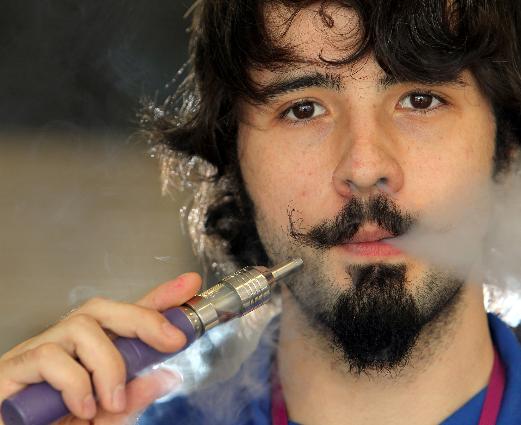Letter: Harm-reduction not best public policy for tobacco
There has been a good deal of talk about “harm-reduction” strategies (promoting alternative tobacco products, such as chewing tobacco or e-cigarettes, as safer alternatives to smoking cigarettes) as being good options for tobacco users to reduce the risk of using tobacco while maintaining the addiction to nicotine.
Reducing-harm strategies can be an option for an individual who wants to try to reduce his or her own risk of harm while maintaining an addiction. However, when it comes to tobacco use, harm-reduction strategies are not the best public policy to use to address the population-based well-being that public health strategies must address.
• How would it be if the public health professionals advocated for food handlers to wash their hands most of the time after using the bathroom rather than every time? After all, it would reduce the chances of contracting disease from someone who never washed his/her hands. One could say it is better than never washing one’s hands. The public policy must continue to be the best method of preventing disease transmission, that is: wash one’s hands every time, not just sometimes.
• I hear a lot about smokeless tobacco being a good alternative for adult smokers who don’t want to quit using tobacco. Consider this: It is not just adults who use chew. The sweeteners added and new products that have come on the market make it an easy way to addict our next generation to tobacco. North Dakota’s youth consume smokeless tobacco at a rate almost twice the national average (N.D., 13.6 percent, U.S., 7.7 percent). In addition, smokeless tobacco is not without its health hazards.
• E-cigarettes are often touted as a good alternative to tobacco use. We are told by some that the vapor is harmless. This is not true. It has not been regulated or studied enough to know how dangerous it is, but it is not harmless. There is another issue to consider. Have you ever noticed how candy cigarettes and now e-cigarettes mimic the activity a smoker would do with a cigarette? It models the smoking behavior and should not be discounted as harmless.
One of the core functions of public health is to promote strategies that protect the health and safety of the community. Public health providers are accountable to the community to provide up-to-date information and advocate for tried-and-true strategies to improve or maintain a community’s health status.
As a public health nurse, I cannot support harm-reduction policies that supports maintaining one’s addiction to tobacco. Harm- reduction policy is not sound public health policy.
The rationale that was brought up recently in a letter to the editor, that the tobacco user who is not willing or able to quit should have chewing tobacco or e-cigarettes researched and funded with tobacco prevention dollars in the state of North Dakota, falls short. The evidence is readily available regarding what works and how to gain access to help. The options are available, and they are FDA-approved and researched for safety and effectiveness. They are called nicotine replacement therapy and NDQuits at (800)-QUIT-NOW.
Knox, RN, is master of public health and certified tobacco treatment specialist with the Grand Forks Public Health Department Tobacco Prevention Program.
http://www.inforum.com/event/article/id/408308/

